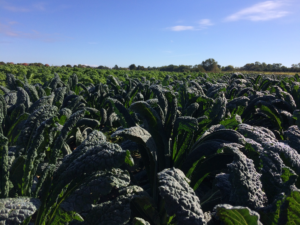An Integrated Weed Management workshops organized by Virginia Tech, University of Delaware, and University of Maryland will be held virtually via Zoom on Tuesday Dec. 8th (first half of the meeting) and Tuesday Dec. 15th (second half of the meeting). On both days, participants can choose the time that works best for them: 8-10 am OR 6-8 pm. These workshops are free, but participants will need to register.
Session One: Tuesday Dec. 8th from 8-10 am OR 6-8 pm
- Herbicide Resistance- What is It?
- Mechanisms of Action-How to Choose Herbicides
- Creating Effective Herbicide Plans
Session Two: Tuesday Dec. 15th from 8-10 am OR 6-8 pm
- Integrated Management of Palmer Amaranth, Common Ragweed, and Marestail
- Local Farmer Perspectives on Resistance Weed Management
- Putting It All Together: Creating a Weed Management Plan
<a style=”background-color: #ffff00;” href=”https://ume.qualtrics.com/jfe/form/SV_572VSpGgXvPk6e9″>Register here
Flyer available here
Program materials including an IWM guide, factsheets on herbicide resistant weeds, identification guides, and a special “Fight Weeds” facemask will be mailed to each participant prior to the meeting. Please include a valid mailing address.
Pesticide and CCA credits have been requested, but may not be available for all states.
Participants seeking CCA credits will need to confirm that they viewed the material to receive credit. State level programs require participants to correctly answer 4 of 5 webinar specific content questions to receive credits. Links to complete the quiz will be sent to the participants shortly after the scheduled session has been completed. In addition, a QR code (to navigate to the evaluation link) will be shared at the end of each webinar. NOTE: Only registered participants can access the questions and receive credit for attending the webinars. Only one completed quiz will be allowed for each registered email.


